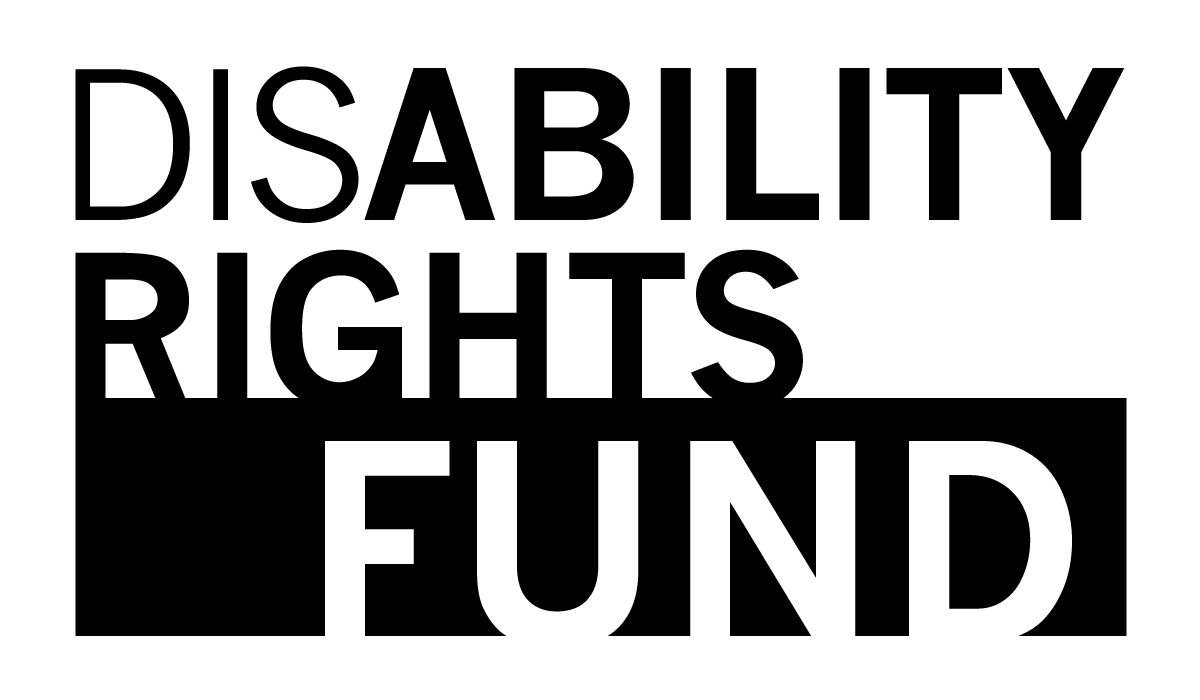As a DeafBlind survivor of hurricanes, I know first hand the challenges of living through and recovering from a natural disaster. I grew up in Louisiana, where you are taught at a young age how to prepare for hurricanes – you place tape in an “X” shape over windows, put up plywood, and stack up the sandbags. You make sure you have non-perishables, water, batteries, and flashlights. But I was never taught how to prepare for a hurricane if you have a disability.

Like many Louisianans, I experienced déjà vu when Hurricane Harvey hit Louisiana on August 29th, the same day Hurricane Katrina hit Louisiana 12 years ago. Since my family and I survived Hurricane Katrina, haunting memories of that time are coming to life with television images of Houstonians sitting on their roofs waiting for rescue as the water keeps rising.
Already there are reports of people with disabilities being denied access at shelters; there’s a lack of sign language interpreters; and those whose names are on the list as needing help for evacuation and emergency response have been overlooked. That’s the other déjà vu.
If you have a disability and have survived a hurricane, you still fight to survive long after the hurricane has passed. The rescuers call out and helicopters hover, but to the Deaf, there is no sound. When Red Cross comes through the neighborhood with food and water, they ask questions – questions that you don’t understand. You learn to stand wherever you see a line not knowing what’s at the other end. You see the national guard holding rifles as they shout orders but you do not understand what they say. You need a doctor, but all the sign language interpreters have fled for safety. Your only source of accessible communication is to text or send an email, but with the electricity out, your battery is dying. That was one of the most critical lessons learned from Hurricane Katrina – that humanitarian response too often excludes people with disabilities.
People with disabilities in Louisiana and Texas are not the only ones struggling to be included in humanitarian response. The world may be watching Hurricane Harvey’s destruction in Texas, but more than 8,000 miles away, thousands have been killed in India, Nepal and Bangladesh during devastating flooding there. What will become of people with disabilities there?
When the rain stops and the waters begin to recede, the next step will be rescue, recovery, rebuilding, and resilience. These next steps are as essential for people with disabilities as for people without disabilities, but people with disabilities face even more hurdles. Hurricane Harvey may still be spinning in the Gulf as I write this, but now is the time to make sure that the next step includes people with disabilities.
My plea to government, relief agencies and volunteers – don’t overlook people with disabilities. My plea to people with disabilities – advocate, speak up, don’t let yourselves be forgotten.
For information about DRF’s work on global humanitarian response, read below:
Rights of Persons with Disabilities in Times of Disaster by Emilio Neas, Coordinator of the National Association Network for the Integration of Disabled Persons, RANIPH SUD (Coalition du Réseau Associatif National pour l’Intégration des Personnes Handicapées, RANIPH SUD), a grantee of the Disability Rights Fund.
For international standards for inclusive disaster response, read:
Sendai Framework for Disaster Risk Reduction 2015-2030
 Kerry Thompson is the Inclusion & Analytics Officer at Disability Rights Fund. She is also a 2014 Marshall Memorial Fellow. She is the Director of Silent Rhythms – a dance organization that teaches dance to people of all abilities. She serves on the Board of Directors for DEAF, Inc. and a Board liaison for DeafBlind Community Access Network Advisory Council. She also serves on the Massachusetts Commission for the Deaf and Hard of Hearing Statewide Advisory Council. She received her master’s degree from Harvard University.
Kerry Thompson is the Inclusion & Analytics Officer at Disability Rights Fund. She is also a 2014 Marshall Memorial Fellow. She is the Director of Silent Rhythms – a dance organization that teaches dance to people of all abilities. She serves on the Board of Directors for DEAF, Inc. and a Board liaison for DeafBlind Community Access Network Advisory Council. She also serves on the Massachusetts Commission for the Deaf and Hard of Hearing Statewide Advisory Council. She received her master’s degree from Harvard University.
